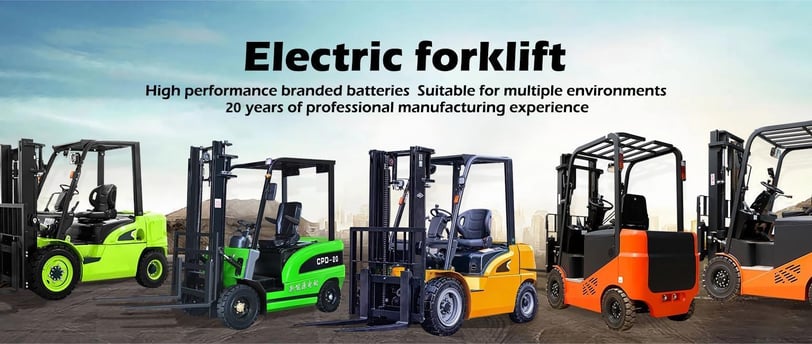The Ultimate Guide to Forklift Safety: Tips Every Operator Should Know
The Ultimate Guide to Forklift Safety: Tips Every Operator Should Know


Title: The Ultimate Guide to Forklift Safety: Tips Every Operator Should Know
In industrial settings, forklifts are indispensable tools for moving heavy loads efficiently. However, their power and versatility come with inherent risks. Prioritizing safety is paramount to prevent accidents and ensure a productive work environment. Here's the ultimate guide to forklift safety, with essential tips every operator should know.
1. Training and Certification: Proper training is non-negotiable for forklift operators. Ensure that all operators are certified and well-versed in safe operating practices.
2. Pre-Operational Checks: Before each use, conduct thorough inspections of the forklift to identify any issues with brakes, steering, tires, or fluid levels. Address any concerns promptly.
3. Load Capacity: Never exceed the forklift's rated load capacity. Overloading can lead to instability and tip-over accidents.
4. Stability: Maintain a low center of gravity by keeping the load stable and centered on the forks. Avoid sharp turns and sudden movements that could cause the forklift to tip.
5. Clear Pathways: Keep pathways clear of obstacles, debris, and slippery substances to prevent collisions and falls.
6. Speed Control: Operate the forklift at a safe speed, especially when turning, reversing, or navigating congested areas.
7. Communication: Use horns, lights, and hand signals to communicate with pedestrians and other equipment operators in the vicinity.
8. Proper Lifting: Use the appropriate lifting technique, ensuring that the load is evenly distributed and securely positioned on the forks.
9. Seat Belts: Always wear seat belts while operating a forklift to minimize the risk of ejection during a collision or tip-over.
10. No Unauthorized Riders: Strictly prohibit unauthorized personnel from riding on the forklift or standing on the forks.
11. Visibility: Maintain clear visibility by adjusting mirrors and using spotter assistance when necessary, especially in blind spots.
12. Emergency Procedures: Familiarize operators with emergency procedures, including how to safely exit a forklift in case of a tip-over or malfunction.
By prioritizing safety and adhering to these essential tips, forklift operators can mitigate risks and create a safer work environment for everyone. Remember, safety is not just a priority—it's a culture that should be ingrained in every aspect of forklift operations.
